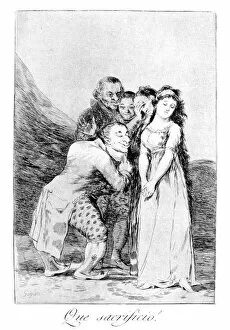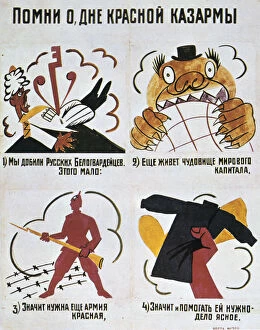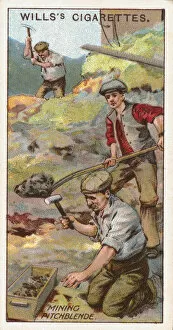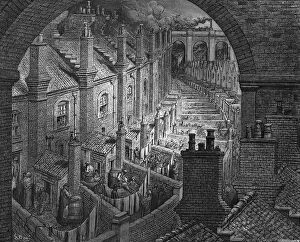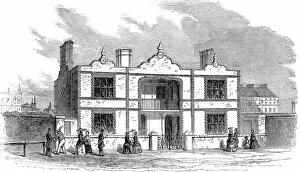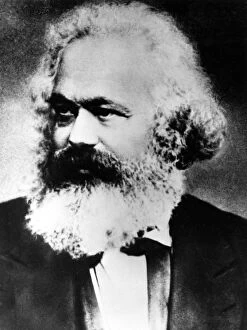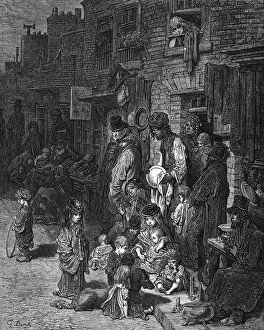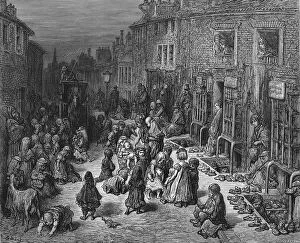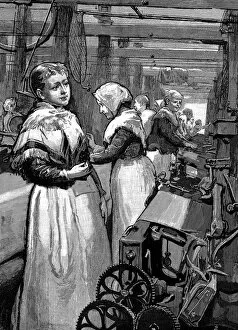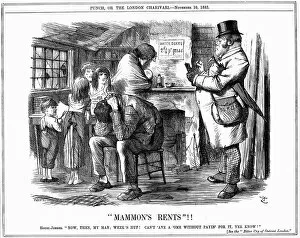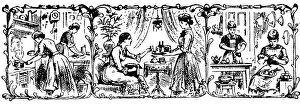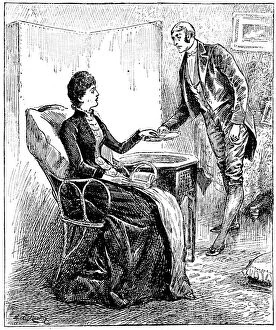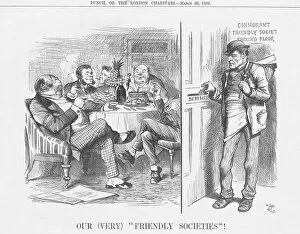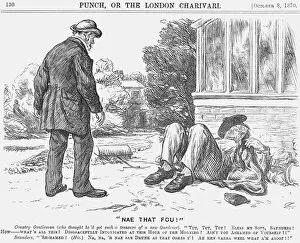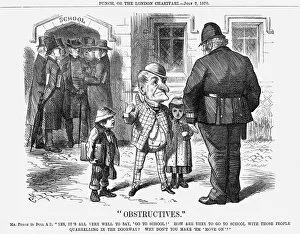Social Class Collection (#54)
"Exploring Social Class Through Art: A Glimpse into the Struggles and Aspirations" In this captivating collection of artworks
For sale as Licensed Images
Choose your image, Select your licence and Download the media
"Exploring Social Class Through Art: A Glimpse into the Struggles and Aspirations" In this captivating collection of artworks, we delve into the intricate tapestry of social class, unraveling its complexities and shedding light on the lives of individuals across different strata. Each piece tells a unique story, offering us a glimpse into the struggles and aspirations that defined their existence. The Worker and Kolkhoz Woman sculpture by Vera Mukhina stands tall in Moscow, symbolizing the unity between laborers and farmers during Soviet times. This powerful black-and-white photograph captures their strength amidst societal divisions. Moving to 1872 Westminster, Gustave Doré's The Devils Acre transports us to a notorious slum area where poverty reigns supreme. With meticulous detail, Doré exposes the harsh reality faced by those trapped in destitution while challenging society's indifference towards their plight. Hubert von Herkomer's Our Village takes us back to c1890 when rural life was marked by simplicity and close-knit communities. Here we witness an idyllic scene where neighbors come together, transcending social barriers through shared experiences. An Elegant Lady in a Rowing Boat presents an intriguing contrast as it portrays opulence against a serene backdrop. This oil painting invites contemplation on how wealth can shape one's position within society while highlighting leisurely pursuits enjoyed exclusively by the upper classes. Gustave Doré returns with Limehouse Dock in 1872, revealing another facet - industrialization versus manual labor. Amidst towering cranes and bustling activity, workers struggle for survival amidst unforgiving conditions imposed upon them. Juxtaposing time periods further is The Crane on the Antwerp quay by the frozen Scheldt from 1622—an ode to maritime commerce that fueled economic disparities during Europe's Golden Age. It reminds us how trade shaped hierarchies within societies centuries ago.

